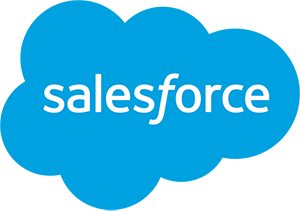MuleSoft Platform Enables Salesforce To Deliver A Connected Customer Experience

Salesforce
MuleSoft CEO Greg Schott and Salesforce CEO Marc Benioff sat down together in February and started thinking about how they could bring their businesses together.
Salesforce was a pioneer in the digital transformation revolution, Schott said Wednesday in a keynote at Salesforce's Dreamforce conference. And MuleSoft thought of its integration technology "as the engine of digital transformation, at the core of digital transformation."
Both executives appreciated that natural synergy, Schott told attendees, culminating four months ago in the largest acquisition in Salesforce history.
[Related: Salesforce’s Einstein Finds Its Voice]
Integrating disparate apps, data sources and workflows is vital in the modern enterprise—and an extremely cumbersome and fraught process without the right technology, Schott said.
At its core, integration "really comes down to the API," he said. "The API is at the center of it."
The Internet took off in the 1990s, after existing quietly for two decades, because HTML was, in a sense, the "the world's first big API," he told attendees.
That vision led MuleSoft to build its Anypoint platform. Anypoint is like the Salesforce AppExchange, except instead of applications, it exposes to developers and partners to a wide selection of APIs for connecting systems.
That technology is now the core of Salesforce's Integration Cloud, a crucial component of the CRM leader's efforts to enable sales agents, marketers and business leaders to see a comprehensive view of their customers.
Vidya Peters, MuleSoft's chief marketing officer, said Salesforce's new customer 360 capability unifies the user experience across Salesforce clouds. But the modern enterprise has, on average, more than 1,000 apps, and many of them need to share data with Salesforce.
"That's where MuleSoft comes in," Peters said.
The integration platform delivers the APIs for a menu of target applications, visual flow charts for mapping between systems, and an orchestration engine that implements the business logic needed to effectively connect them.
MuleSoft also developed machine learning capabilities to recommend integration techniques, augmenting the efforts of developers connecting various solutions.
"Wiring applications" with point-to-point code is unstainable, Peters said.
"Delivering a connected customer experience is the new battleground," she told Dreamforce attendees.